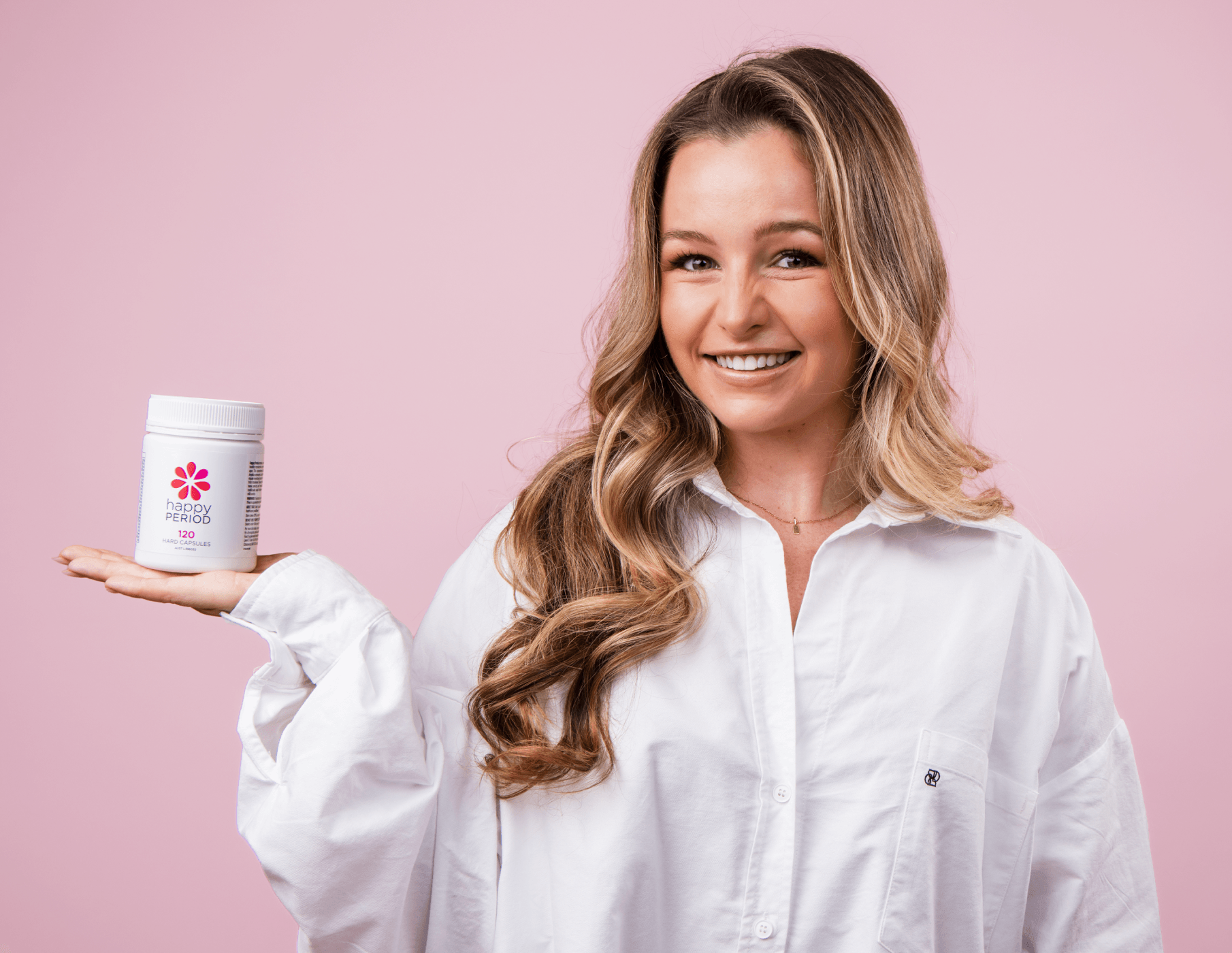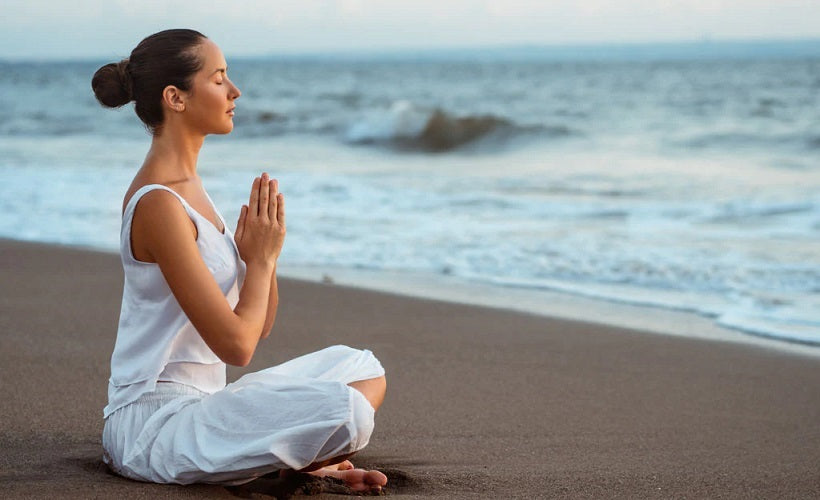Aching Legs: Why You Shouldn’t Ignore Them
By Sally James

Why do your legs ache?
Legs that feel tight, tired, and heavy, as well as muscle pain, aches, cramps, and spasms in the lower extremities, can be very debilitating and annoying. These complaints reduce the range of movement and increase the likelihood of headaches, inflammation, and spinal conditions as they show a predisposition for inflammation, acidity, stagnation, and circulation issues.
Muscle tension is caused by the muscles bunching after contracting and not letting go or relaxing. The muscle fibres are then tense, rigid, and stiff, causing pain and discomfort. Long-term muscle tension may contribute to many other chronic conditions in the future such as migraines, postural imbalances, sciatica, repetitive strain injuries, backache, and cramps.
Tired, heavy, aching legs is a common condition affecting just under one in four females. In terms of risk factors, it is more likely to occur in women, especially as they get older. It can sometimes be hereditary and is more likely to occur in people who are overweight and those who sit or stand for prolonged periods during the day.
What are the most common causes of aching legs?
- Dehydration and an acidic system
- Insufficient stretching and exercise
- Lymphatic and circulatory insufficiency
- Nutritional deficiencies
- Hormones (menopause)
- Diabetes
- Thyroid problems
- Varicose veins or neuropathies
What can you do to treat or reduce aching legs?
1. Increase magnesium-rich foods in your diet. Almonds, brewer yeast, cashews, cocoa, mineral water, molasses, parsnips, soybeans, whole grain cereals, and green leafy vegetables are great choices.
2. Ensure adequate hydration. Dehydration is a contributor to inflammation, acidity, lactic acid build-up and pain in the body. Studies have revealed that the treatment of chronic dehydration can dramatically ease pain and inflammation symptoms.
3. Address any hormonal issues. As we age, a decrease in oestrogen production can predispose us to pain, aches and general inflammation.
4. Add some turmeric to your daily diet. Turmeric is a potent antioxidant and anti-inflammatory herb.
5. Acupuncture and acupressure are ideal ways to invigorate the blood, reduce inflammation, and encourage relaxation of the muscles.
6. Stretching, yoga, walking, and swimming may help to relax the muscles and let go of tension. These activities also help to improve blood flow.
7. Epsom salt baths contain magnesium and are a great way to warm the muscles and ease tension. Add a few drops of lavender or marjoram to also help ease muscle tension.
8. Regular massages may help to reduce any tension in the muscles.
9. At the end of the day raise your legs above the level of your heart to facilitate the blood flow away from your legs and back to the torso.
10. Ensure that you are exercising to improve blood circulation, reduce stagnation, increase oxygen to the peripheries, and reduce stagnation of lymphatic vessels.
11. If you are taking statins for lowering cholesterol levels, often leg cramps are an associated side effect of this medication. Muscle aches primarily in the legs while taking anti-cholesterol medication occur due to a deficiency of CoQ10.
12. Topical magnesium is indicated for any cramps, pain, spasms or tension in the muscles. Magnesium plays a role in the relaxation and contraction of muscles. It also improves nerve conduction which further influences muscle contraction and relaxation.
13. Topical ointments such as Tiger Balm, Wintergreen, Cajuput, Eucalyptus, Black Pepper, Rosemary, Marjoram, and Cayenne are rubefacients that help to bring blood flow to an area and provide temporary analgesic and anti-inflammatory effects.
14. Electrolytes in the form of extra minerals (magnesium, calcium, and potassium) help nourish and fortify the nerves and muscles. They also encourage the muscles to relax.
Aching legs should never be ignored
Please don’t continue to be complacent if your legs start to ache regularly. If aching legs are an issue for you, you need to listen to your body and do something to ensure a healthier circulatory system as you age. Start with a daily walk to pump the blood and lymph around your body. The best advice I can give you is:
Get moving today!
After you've done some stretching, take our FREE online assessment so we can help you get to the bottom of things. You can also check out our newest HAPPY HEALTHY YOU book, which designed to give you everything you need to heal yourself the natural way.
Explore our meticulously curated collection of over a hundred mouthwatering recipes, crafted to fuel your journey towards peak health and vitality. You will also gain invaluable insights into the intricate workings of your body and learn practical strategies to optimize your well-being.








Leave a comment
This site is protected by hCaptcha and the hCaptcha Privacy Policy and Terms of Service apply.